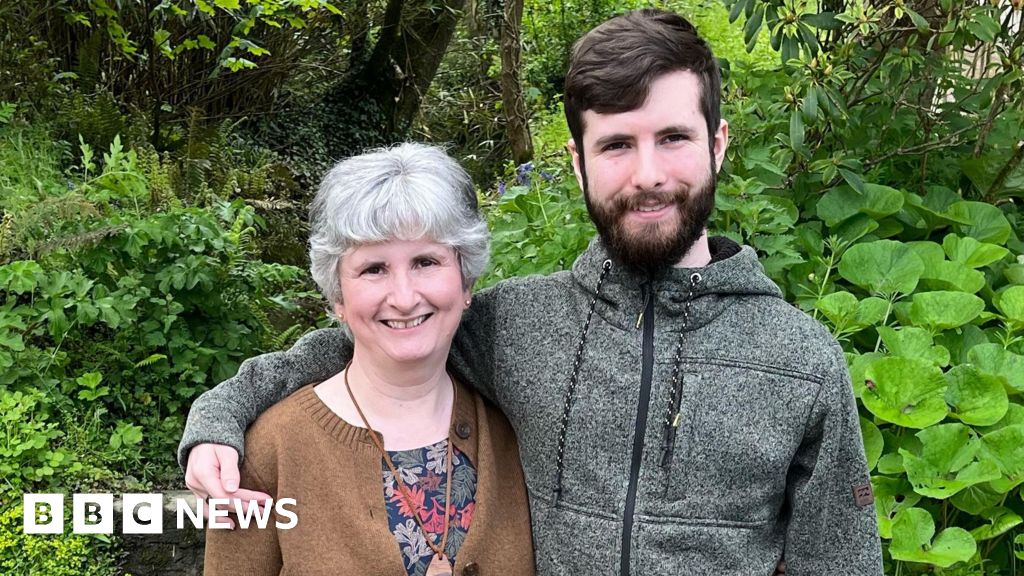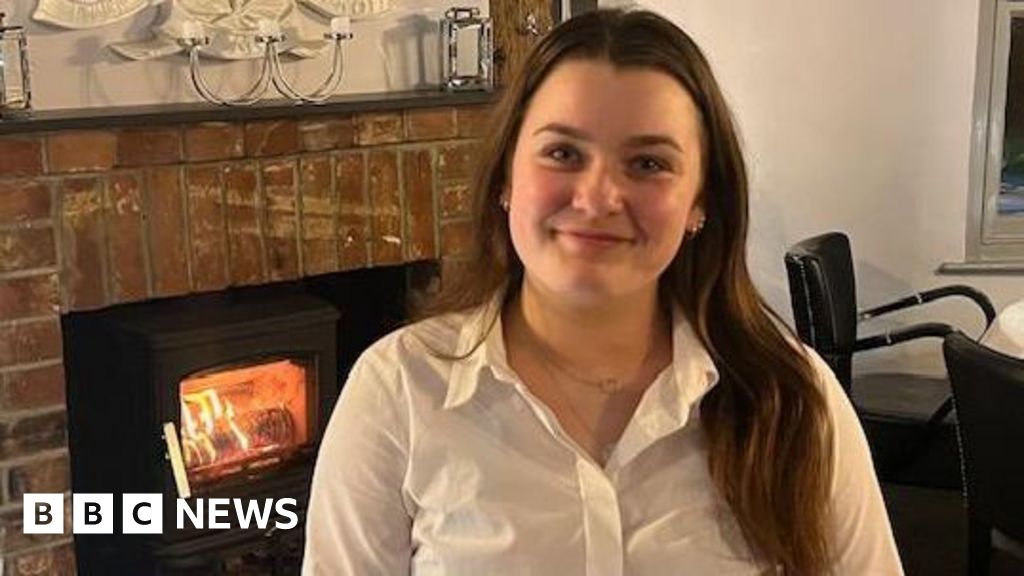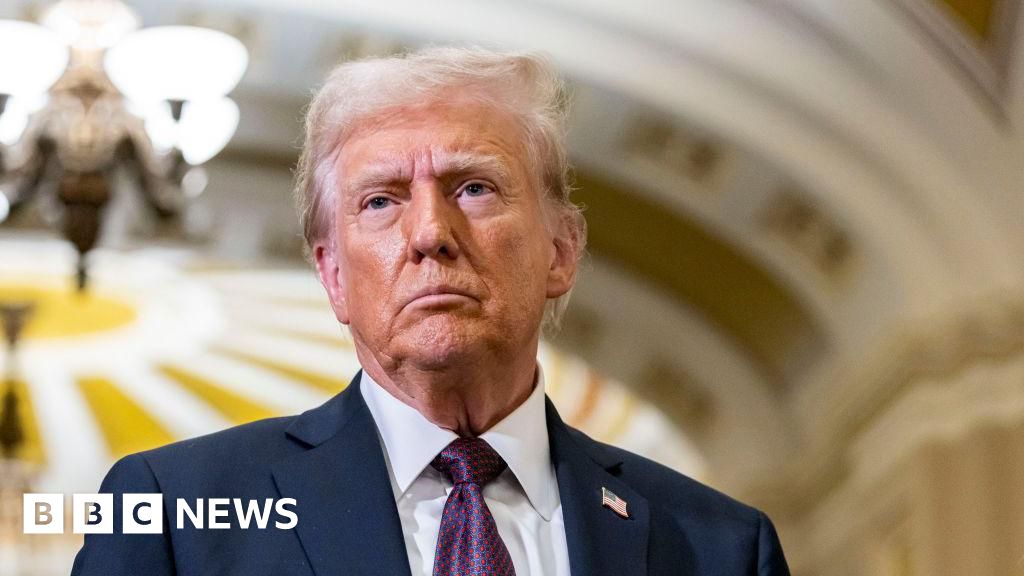ARTICLE AD BOX
 Image source, Getty Images
Image source, Getty Images
A silicon valley start-up has developed technology that can change the accents of call centre workers in real time.
The company, Sanas, has told the BBC that its technology could overcome accent-based prejudice and reduce racist abuse faced by staff.
But some critics have called it a move in the wrong direction and say language diversity should be celebrated.
News site SFGATE accused Sanas of making the agents, many of whom are from the global south, "sound white".
Sanas, which has reportedly received $32m in funding since June 2022, describes its technology as an accent translation tool.
A section on its website called "Demo" invites visitors to "hear the magic" by playing a recording of someone with an apparently South Asian accent reading a call centre script and then clicking a slider button which turns the speech into a slightly robotic sounding American accent.
'Need to build tolerance'
SFGATE accused the start-up of attempting to make "call centre workers sound white and American, no matter the country they're from".
But Sharath Keshava Narayana, a co-founder of Sanas rejected the claim, telling the BBC's Tech Tent programme that all four of the founders were immigrants and so were 90% of the company's employees.
He said the tool had been inspired in part by the experience of a close friend of one of the other founders.
That friend, a third-year graduate student studying computer systems engineering at Stanford University in the US, had to return home to Nicaragua to support his parents.
The student found a technical support role in a call centre, but he was fired after three months, because, Mr Narayana said, of the discrimination he faced because of his accent.
A former call centre agent himself, Mr Narayana said in his experience agents would be abused or discriminated against because of how they sound - abuse the company believes its technology can prevent.
But Ashleigh Ainsley, co-founder of the organisation Color in Tech, argued: "Should we just alter people's skin colours because some people might not like that because they're racist?
"We cannot move in this direction. We need to build tolerance."
Mr Ainsley said he felt Sanas' efforts were misdirected, explaining: "The problem is with people who feel it's acceptable to abuse [call centre staff], not with the people who have the accent."
He said instead more effort should be made to ensure that diversity in language was celebrated and that racism should not be tolerated.
Asked if the technology pandered to racism Mr Narayana said: "Should the world be a better place? Absolutely yes. Should the world be more accepting of diversity and accent? Absolutely yes.
"But call centres have been around for 45 years and every day an agent goes through this discrimination on every single call."
The company said currently around 1,000 people use the technology, mostly in the Philippines and in India, and said it had been well-received, increasing employee retention.
'Added pressure'
Many call centre staff have reported being expected to speak with an American accent. Shalu Yadav, a BBC journalist based in Delhi who worked at three call centres to earn extra money as a student, said employers expected her to learn about American culture and use an American accent.
Ms Yadav also spoke to two people with more recent experience of call centres about Sanas' technology.
Both said they felt the technology was a good idea. One spoke of "abuse" they received from some Americans they called who could not understand their accent.
Another said: "It was always difficult to get the grammar right, the pronunciation right, the lingo right, the slang right. So it used to be an added pressure to get the accent as well."
However, that individual felt the industry had moved on from preferring American accents and that many companies now expected something more "neutral".
Sanas said its purpose was to improve communication wherever accent might present a barrier.
It said firms were testing the technology for internal use, to ease communication between teams in Korea and the US or between teams in North and South India.

 2 years ago
24
2 years ago
24








 English (US) ·
English (US) ·